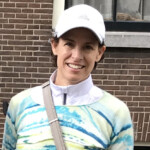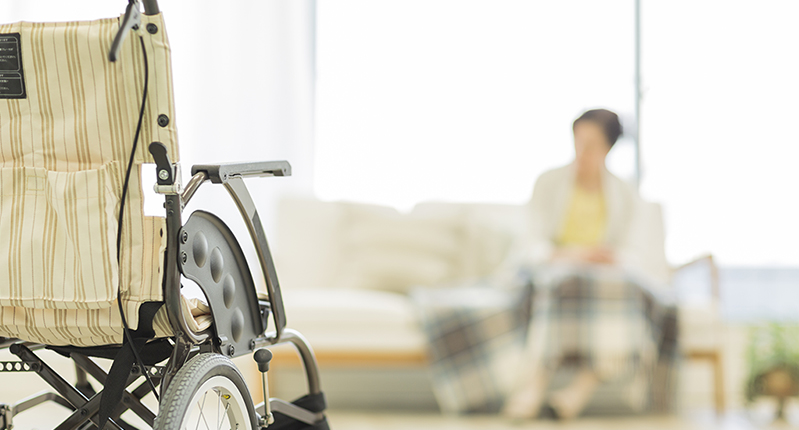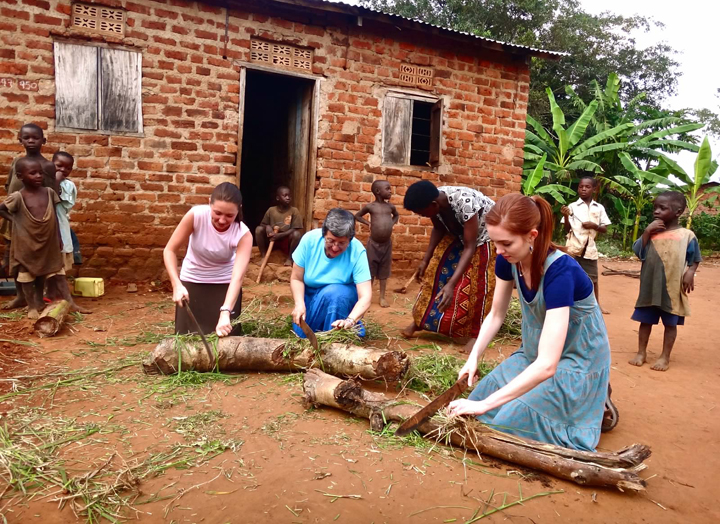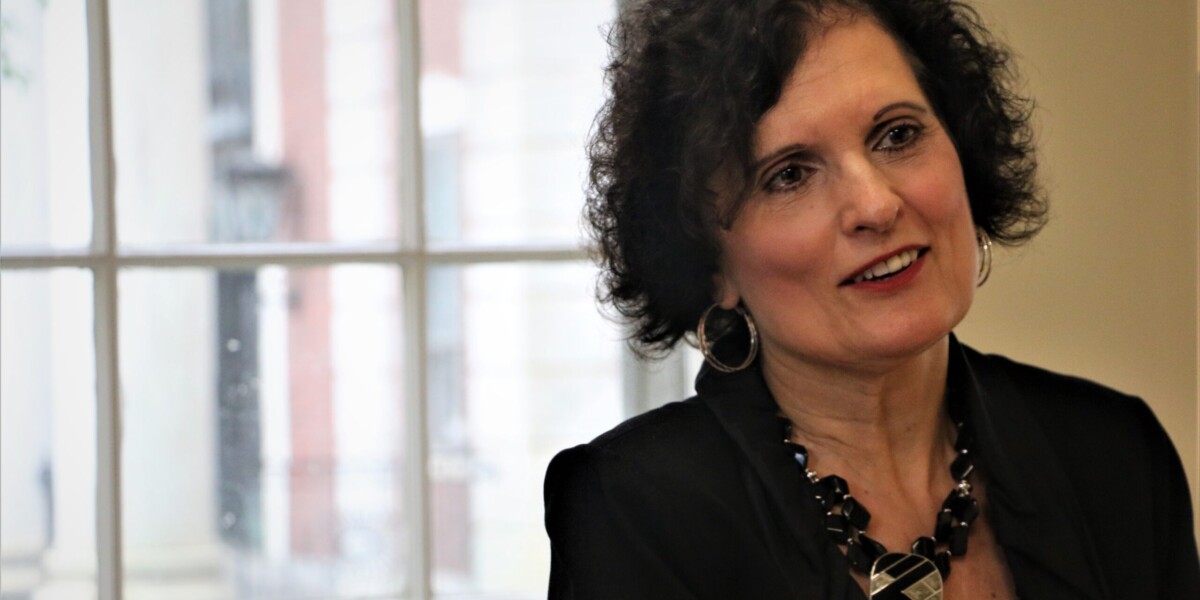After losing her mother and grandmother a month apart, Alana Osher felt compelled to learn more about end-of-life support.
“When my mom got sick—she was diagnosed with an aggressive form of terminal cancer—I was her caregiver at the end, and it was kind of crazy and a whirlwind,” Osher says. “I remember feeling so frustrated at not having the knowledge I needed to navigate hospice and what our rights were. That experience helped launch me on a path toward figuring out, ‘How do I learn more? How do I care for other loved ones at end-of-life?’”

Today, Osher of Lexington, Massachusetts, is a hospice volunteer. She completed the UVM End-of-Life Doula Professional Certificate, an online 8-week program for people interested in the growing demand for end-of-life support.
Osher started her career as a respiratory therapist, working in hospital and homecare settings. After becoming a mother, she pivoted her career and eventually moved into human resources. But she wasn’t fulfilled the way she was when working in health care. After losing her mother and grandmother, the decision to become a hospice volunteer—and enroll in the UVM End-of-Life Doula program—felt like a natural next step.
The program taught Osher the power of holding space and being present for whatever unfolds.
“How can you maintain calm? How can you be that calm and soothing presence without causing more stress or tension?” she says. “As I learned in the program, this is not ego work; it’s heart work.”
Supporting the Dying During the COVID-19 Pandemic
Amid the COVID-19 pandemic, end-of-life caregivers are pivoting to find other ways to offer support to the dying and their loved ones. For Osher—who volunteers at a hospice organization that provides hospital-level care for hospice patients who have symptom or pain issues that can’t be managed at home—volunteer roles have changed.
Before the pandemic, Osher would visit a hospice patient in the field and sit with them. Now she and other volunteers are helping to support the hospice organization and its health care providers by spending the majority of their time sitting up at the front entrance.
“I thought about this notion of shape-shifting that I learned in the UVM program. Shape-shifting is about figuring out how you are needed and how you can play a serving role,” Osher says. “At the hospice organization, volunteers are accustomed to talking to patients’ family member and friends, giving them a hug and leaning into conversations. We can no longer do that in the same way because there’s a physical distancing barrier that must be practiced. We have found other ways to language our thoughts. One thing I started doing when family members come and go is to put my hand over my heart as a way to communicate with them to say, ‘You’re in my heart.’ At other times we would demonstrate this differently, but this is what we can do now.”
Due to social and physical distancing measures being put into practice because of the pandemic, Osher says everyone can feel the moral distress creeping in for all health care providers, the dying, and their loved ones.
“We are fortunate to still be allowing family members to be with their loved ones, but because of the tenaciousness and contagiousness of this virus, rules are being implemented, and we’re trying to be safely creative,” she says.
In the UVM End-of-Life Doula program, Osher remembers learning about wakes, funerals, and cultural associations with death. In Japan, for example, there are drive-thru funerals.
“I remember thinking, oh no. I don’t want to be judgmental, but how can we be so cold? But when you step back, you realize there must have been good reasons for this, and there was,” she says. “I realize that now. My friend’s mom died the other day, and only four people were allowed at the cemetery. We all drove by in a procession and shared our thoughts from 15 or 20 feet away. It was an expression to show that we are with you even though we can’t be with you in the way we are used to.”
Learn more about the UVM End-of-Life Doula Professional Certificate




